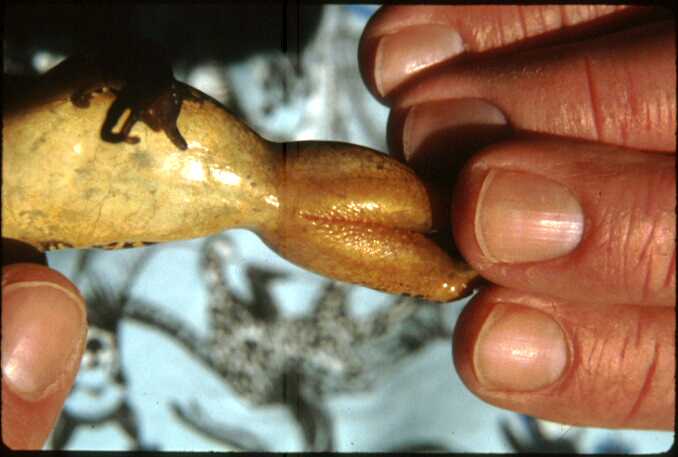Association of amphibians with attenuation of ultraviolet-b radiation in montane ponds
Abstract/Summary
Ambient ultraviolet-b (UV-B) radiation (280 – 320 nm) has increased at north-temperate latitudes in the last two decades. UV-B can be detrimental to amphibians, and amphibians have shown declines in some areas during this same period. We documented the distribution of amphibians and salmonids in 42 remote, subalpine and alpine ponds in Olympic National Park, Washington, USA. We inferred relative exposure of amphibian habitats to UV-B by estimating the transmission of 305 and 320-nm radiation in pond water. We found breeding Ambystoma gracile, A. macrodactylum and Rana cascadae at 33%, 31%, and 45% of the study sites, respectively. Most R. cascadae bred in fishless shallow ponds with relatively low transmission of UV-B. The relationship with UV-B exposure remained marginally significant even after the presence of fish was included in the model. At 50-cm water depth, there was a 55% reduction in incident 305-nm radiation at sites where breeding populations of R. cascadae were detected compared to other sites. We did not detect associations between UV-B transmission and A. gracile or A. macrodactylum. Our field surveys do not provide evidence for decline of R. cascadae in Olympic National Park as has been documented in Northern California, but are consistent with the hypothesis that the spatial distribution of R. cascadae breeding sites is influenced by exposure to UV-B. Substrate or pond depth could also relate to the distribution of R. cascadae in Olympic National Park.
Publication details
| Published Date: | 2001-08 |
| Outlet/Publisher: | Oecologia 128: 519-525 |
| Media Format: |
ARMI Organizational Units:
Pacific Northwest - BiologyTopics:
WaterPlace Names:
Pacific NorthwestKeywords:
fishstressors
UV

